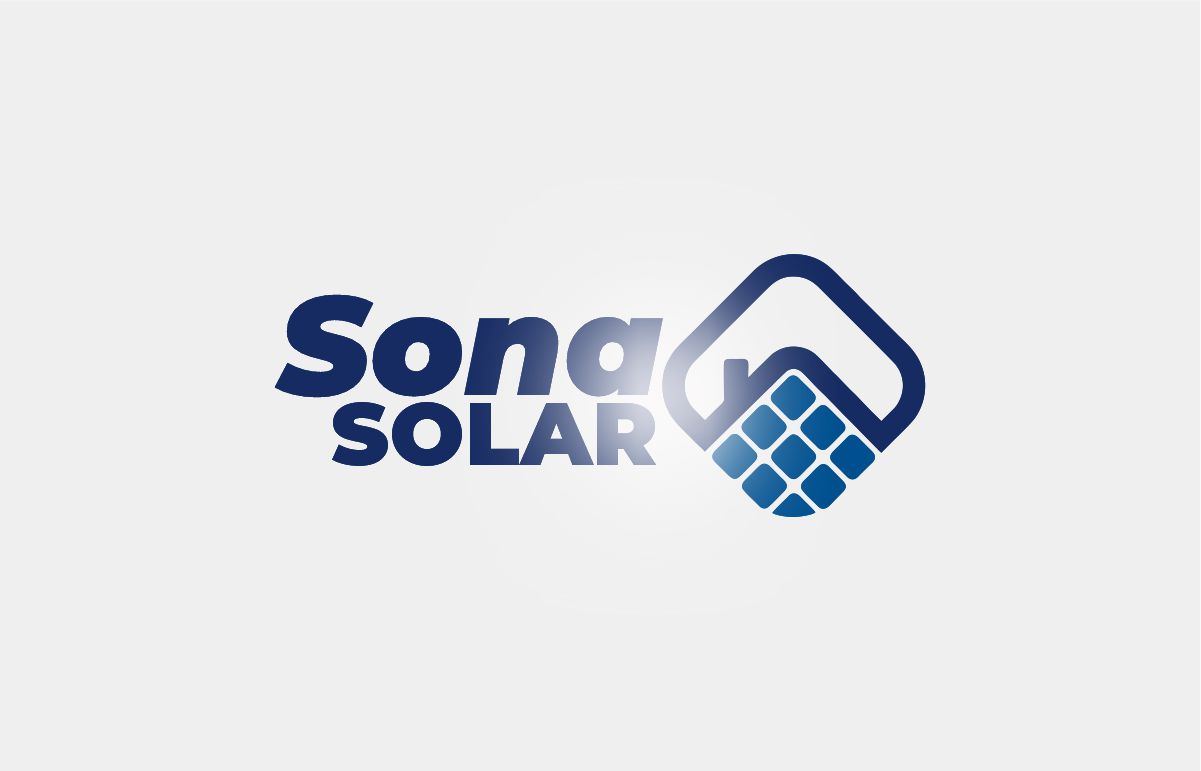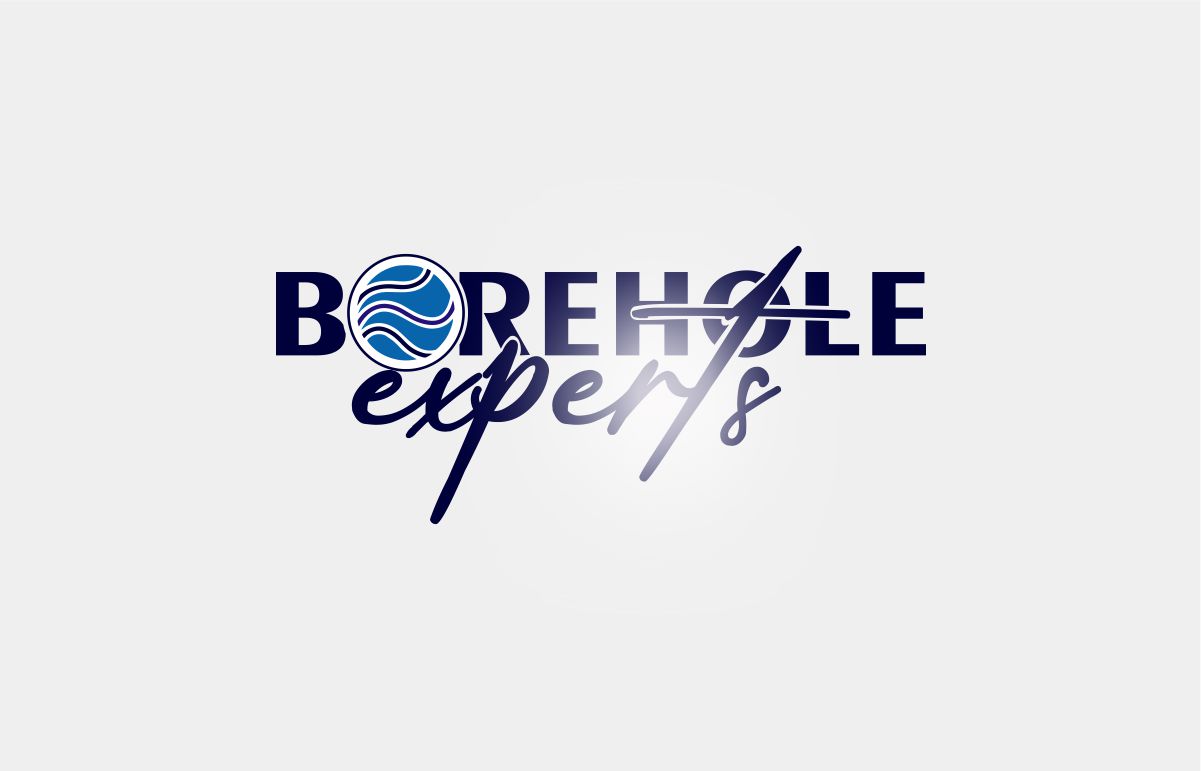At Borehole Experts Zimbabwe in partership with Sona Solar Zimbabwe, we understand the importance of clean water access.
Demystifying the Color Bar:
The right side of the profile displays a color bar representing different resistivity values. Red indicates lower resistivity (less conductive), while blue signifies higher resistivity (more conductive). |
| Understanding Colors in PQWT Ground Water Detector Profiles |
Color: Not a Direct Water Indicator:
Importantly, the color itself doesn't directly pinpoint water. The value each color represents changes based on the maximum value in the profile. A high maximum value can shift all colors towards blue, even if their actual resistivity remains unchanged.Focus on Anomalies:
Look for abrupt changes in color or contour lines (reddish to blue or vice versa) rather than specific colors. These anomalies might indicate potential water zones. Analyze these anomalies alongside other factors like rock type and structure for a more accurate assessment.Lithology and Water:
Rock composition (lithology) plays a crucial role. Bluish areas might suggest less favorable rocks with fewer fractures for water storage. However, localized blue zones within a red-dominant graph might indicate areas with increased fracture rates, potentially holding water.Red Areas in Blue-Dominated Profiles:
Finding reddish areas within blue-dominant profiles can also be a good strategy. These areas might represent rock types with better water potential due to their different lithology.Interpreting Gravel Layers:
The color of a gravel layer depends on the underlying formation. A reddish gravel layer might indicate shallow water within it if underlain by low-value mudstone. However, a gravel layer overlying high-resistance rock may appear bluish due to its water content and high porosity.Maximum Value and Resistivity:
The maximum value on the color bar indirectly reflects the overall resistivity of the rocks. However, it can be influenced by factors like proximity to power lines. A higher maximum value pushes the value range of all colors upwards, including blue. Analyze both color and the corresponding value for a more complete picture.Understanding White Areas:
White areas represent measured values of 0. This usually coincides with the dark blue color at the bottom of the bar (representing values close to 0). It's generally considered normal and doesn't affect other areas.Black Diamond-Shaped Blocks (Flying Points):
Black-framed diamond or triangle shapes indicate points with unusually high values. These "flying points" are likely caused by interference and might disappear during retesting. They shouldn't be relied upon solely for well placement.Interpreting Blue and Red Distribution:
Profiles with a large blue area on top and a red bias at a greater depth don't necessarily mean the upper section lacks water. Analyze the value of the blue area. If the value is very low, consider abandoning this measurement line.Disclaimer: This guide is for informational purposes only. Sona Solar Zimbabwe is not a geological exploration company and does not endorse any specific ground water detector brand.
Follow Our Social Media Platforms:
Common Questions and Popular Searches
Explore Answers To Frequent Questions And Discover Resources For Your Solar Journey:
1kVA Inverter Load Guide
Load guide for small households.
2kVA System Load Capacity
Powering essentials in medium homes.
3kVA System Panel Count
Understand solar array sizing.
3kVA Inverter Load Guide
Appliance guide for a typical household.
Best 3kVA Inverter Brand
Compare reliability and warranties.
3kVA Appliance Load Guide
Understand simultaneous load capacity.
3kVA Powering Motor Loads
Guidance on handling motor loads.
Choosing the Right Inverter
Matching inverters to your specific load.
Match Panels to Inverter
Tips for optimal system performance.
3.5kVA Inverter Load Guide
Explore residential setup capabilities.
Best Solar Panels Zimbabwe
Analysis of performance and durability.
Solar Companies Zimbabwe
Customer service and reliability.
Best Solar Panel Brands
Guide for home and business solutions.
Solar Installers Zimbabwe
Professional and certified installers.
3kVA System Cost Guide
Get pricing information for Zimbabwe.
5kVA System Cost Guide
Budget requirements for systems.
Contact Our Sales Team:

Sona Solar Zimbabwe
Address:
7 Frank Johnson Avenue, Eastlea, Harare, Zimbabwe.
Call/WhatsApp:
Sales:
+263 78 293 3586
Sales:
+263 78 922 2847
Operations:
+263 78 864 2437
Email:
sonasolarzw@gmail.com
Website:
www.sonasolar.co.zw

Borehole Experts Zimbabwe
Address:
7 Frank Johnson Avenue, Eastlea, Harare, Zimbabwe.
Call/WhatsApp:
Sales:
+263 77 389 8979
Sales:
+263 71 500 3777
Operations:
+263 71 918 7878
Email:
boreholeexpertszw@gmail.com
Website:
www.boreholeexperts.co.zw

